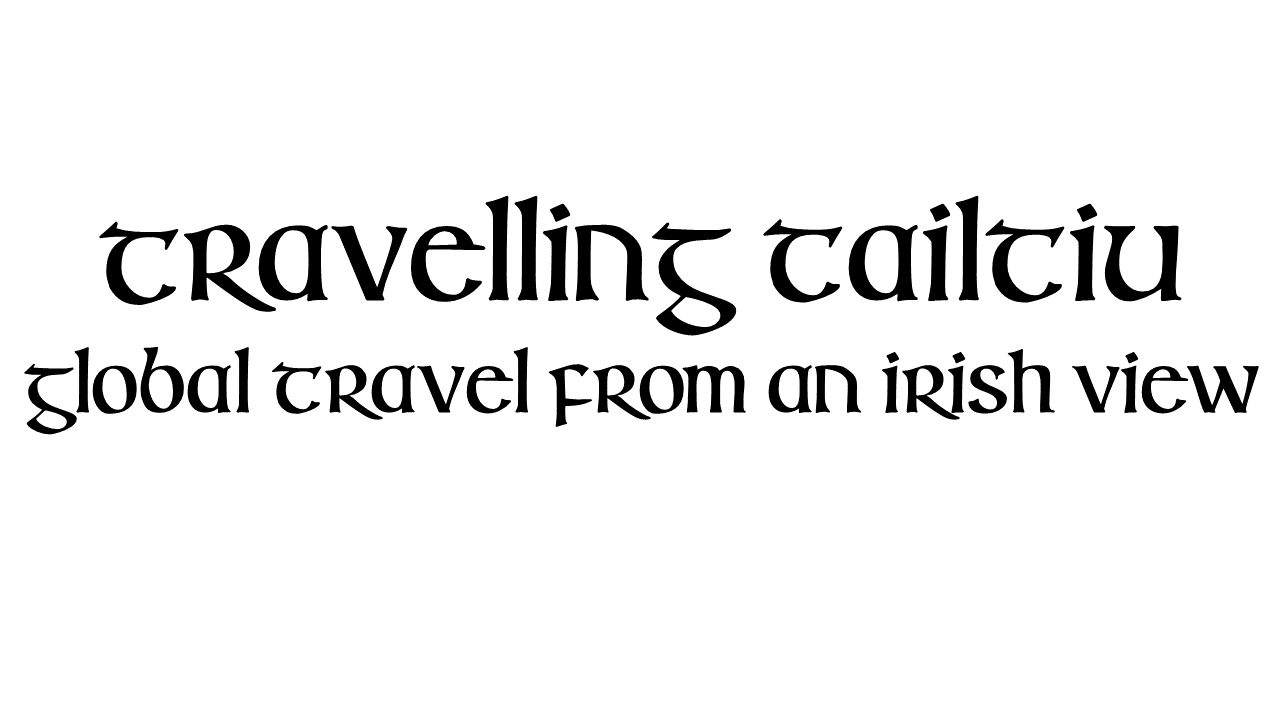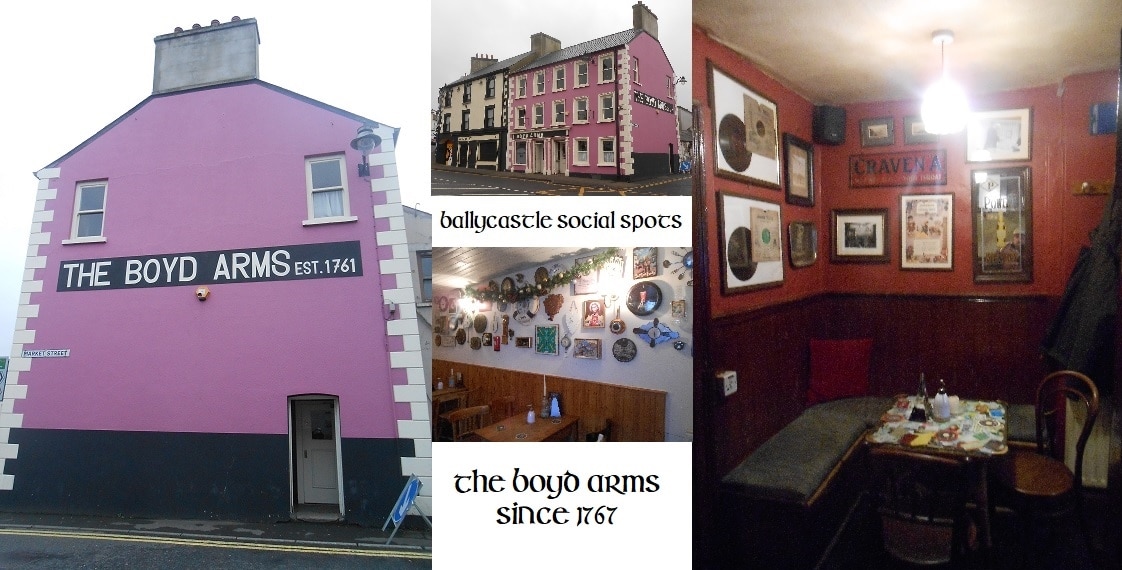
The Causeway Coast of Ireland
There are some stunning pieces of scenery on Ireland's north coast. Counties Donegal in the west, Derry in the middle and Antrim in the northeast are full of history and amazing sights. The Glens of Antrim and Causeway Coast of Ireland make up a historic and scenic trail on these eastern shores.
From many points on a clear day, you can even see Scotland. The sister Celtic nation is only 12 miles, or 20 kilometres at its nearest point. There is plenty to do, see, eat and drink, and the locals are a friendly bunch. Here at Tailtiu, we know this final point very well as we are from there. Read on and see how we are shamelessly promoting our home territory!
We therefore present the first part of this glorious corner of Ireland, with the Causeway Coast. It stretches from Portstewart in the west and just inside County Derry as far as Ballycastle. Ballycastle kicks off the southern trail down through the Glens of Antrim, as we will see soon.
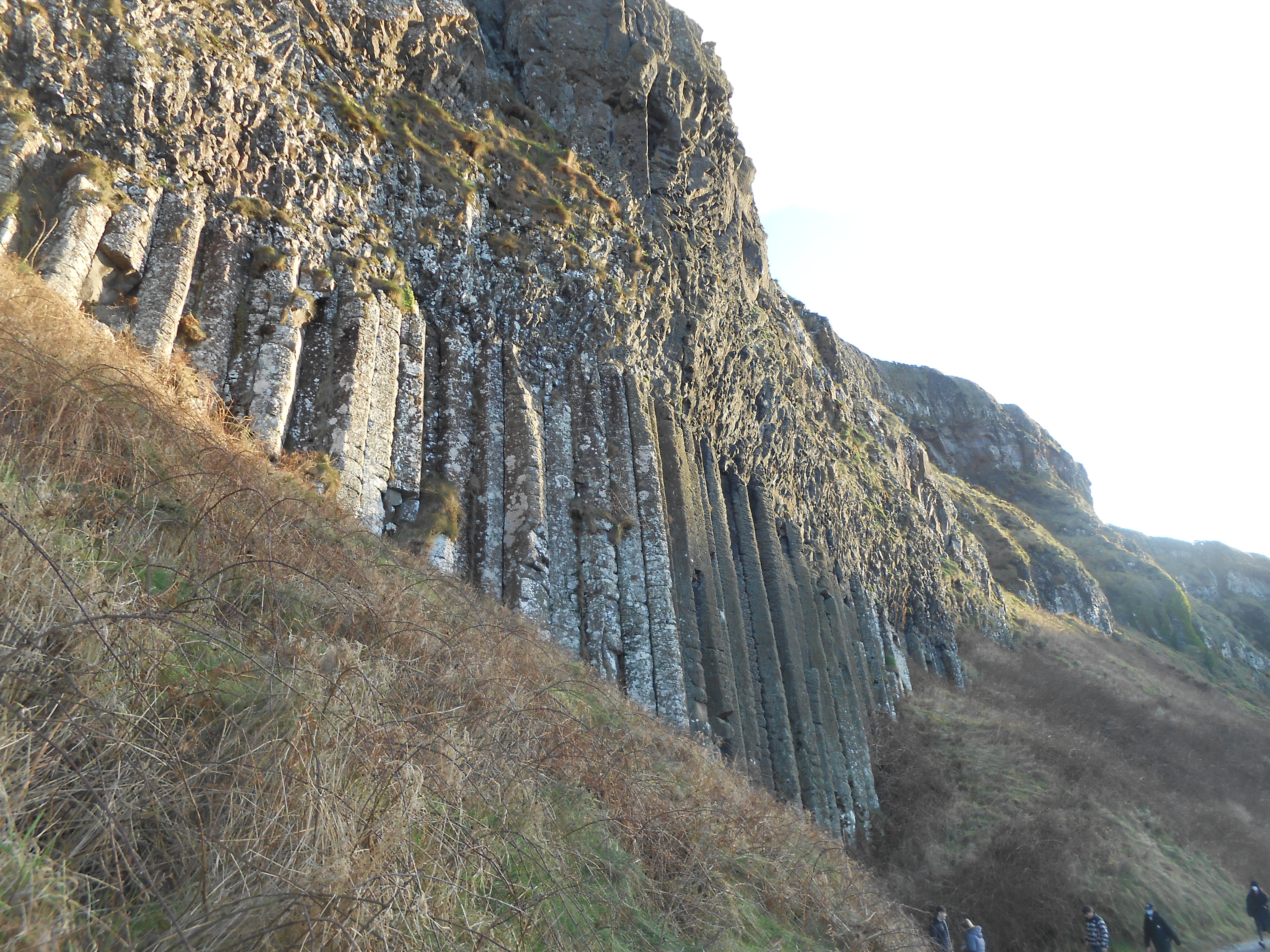
The Organ, beyond and uphill from the more famous rock formation but equally impressive
1. The two Ports;
Amusements, beaches and big bikes
Portstewart and Portrush are popular holiday resorts frequented by those from near and far. There, you will encounter local, national and international visitors to the Causeway Coast of Ireland. During the year, the towns also become a hub for students at the Ulster University in nearby Coleraine.
Portstewart
Portstewart is quite the classy tourist destination, with a main street dotted with nice wee shops. It has a decent view over a piece of rocky coastline and a dramatic-looking convent on the seaside. It also has an impressive beach, with HBO using it for the series Game of Thrones. GOT is a growing part of the Causeway coastline's tourist industry overall, attracting series buffs from near and far.
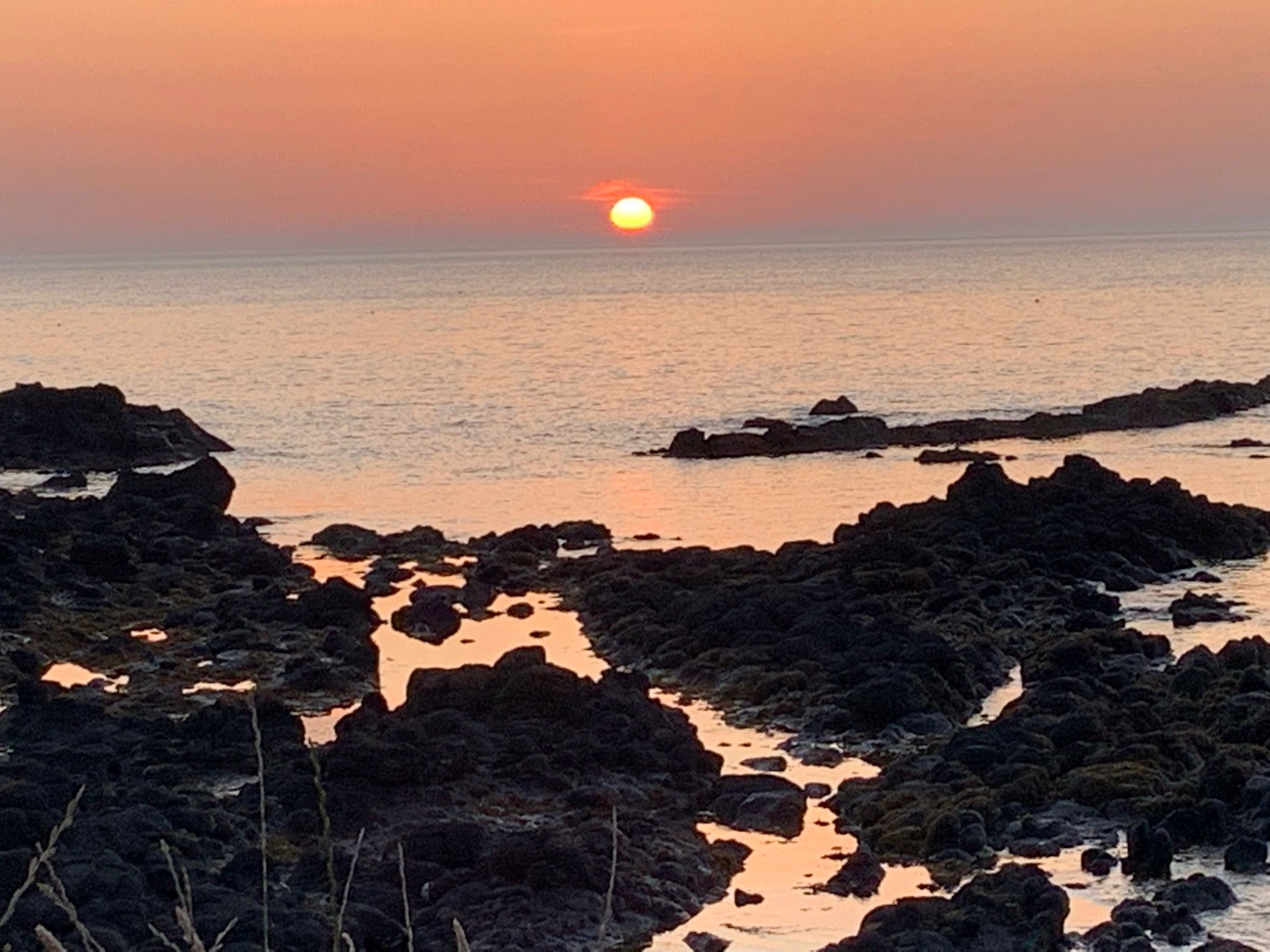
Sunset on the Causeway Coast of Ireland (Photo courtesy of Siobhán Fisher)
Portrush and the legendary Barry's Amusements
Portrush is famous for its amusements and funfair-type establishments. The most famous of these is Barry's Amusements, which has been in existence since 1926. Barry's is of great social and cultural significance in the area, with a lot of childhood nostalgia, especially with Tailtiu! You see, Barry's was a massively popular family attraction in bygone days with local families. Its Big Dipper, Helter Skelter and other rides were the first loves of many children from all over the north of Ireland.
In more recent times though, business stagnated and Covid didn't help either. The owners sold it in 2021 as a development opportunity, with locals expecting the site to become holiday apartments. However, nostalgia won through with Curry's of Galway saving the day by getting a long-term lease on the site. You can see Curry's website for both complexes here, in Salthill in Galway and in Portrush. While we are grateful to Curry's for coming through, any fun park situated here will forever be known as Barry's by the old school!
Top tip for Curry's/Barry's-go on the Aqua Valley ride. You will get wet, but it's great craic!
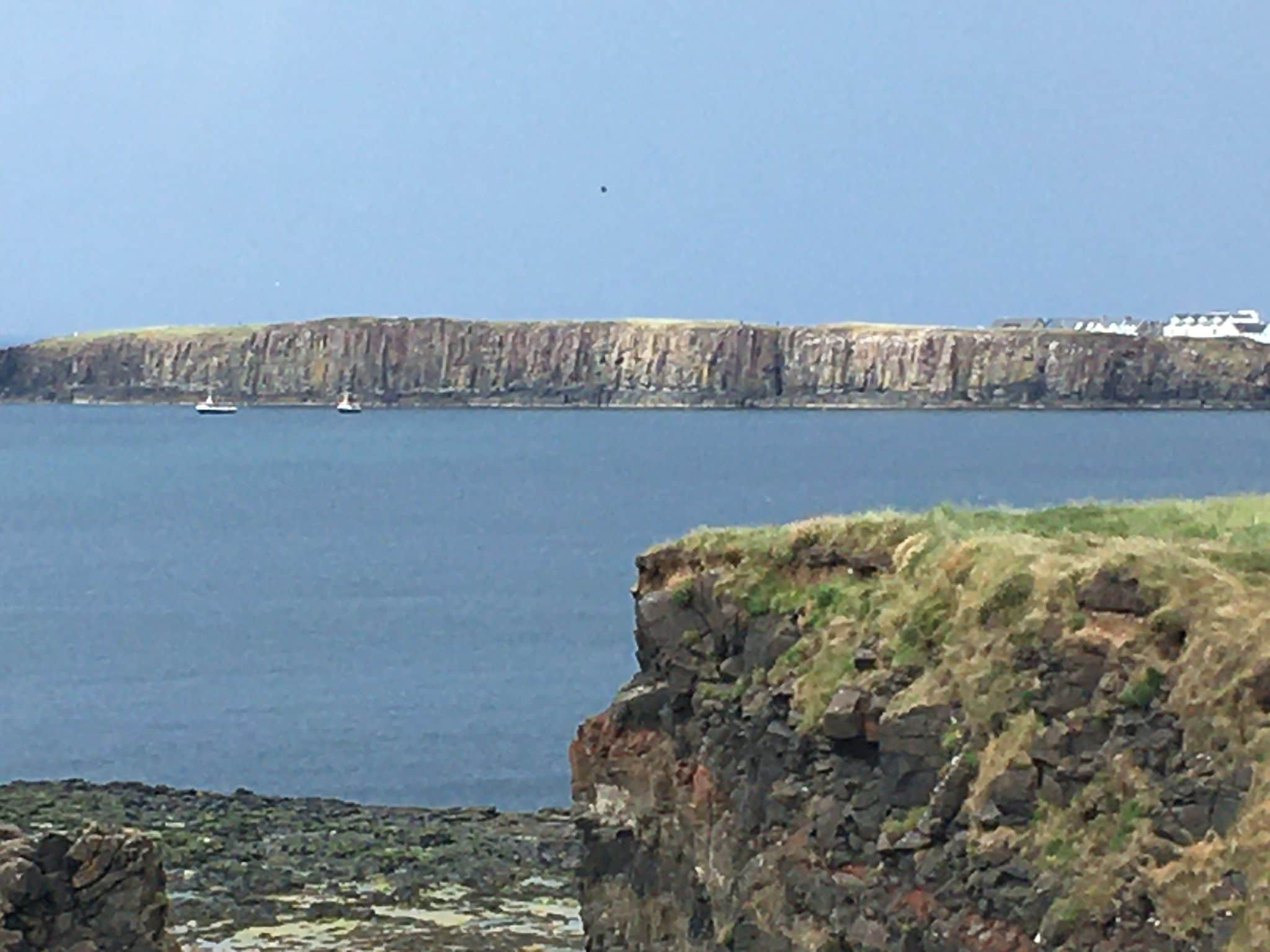
Ramore Head, in the seaside town of Portrush (Photo courtesy of Siobhán Fisher)
Road hogs and golfers
The two towns host the Northwest 200 motorcycle road races along with the larger shopping town of Coleraine. Coleraine is a few miles inland, so it forms a triangular road-racing course. The Northwest is famous among the biking community, a group of enthusiasts particularly strong in the area. North Antrim has indeed bred a few motorcycle legends. The Dunlop dynasty hail from here, and the family included champions Joey, Robert, William and Michael Dunlop.
The area also hosts several golf courses, with Royal Portrush hosting both the Irish and British Open golf tournaments. Surfing is also popular around the two Ports, and you can get information about surfing opportunities here.
2. Dunluce Castle
Clans, war and the doom of the Girona and Spanish Armada
On the night of October 26, 1588 after a failed naval invasion of England, a Spanish galleass, Girona made its way eastward along this coast. The ship had undergone repairs in Donegal, on the north-west coast. It was now sailing back towards the Catholic north of Scotland, hoping to get to the Spanish-occupied Netherlands. However, a strong gale struck and pushed the boat, overloaded with the crews of three ships, onto Lacada Point. The storm smashed it against the ragged shore and it sank with all but nine crew members perishing. The local Gaelic chieftain, Sorley Boy MacDonnell, managed to help the survivors escape and also retrieved two cannons from the sea. He installed these in his stronghold, Dunluce Castle, to bolster castle defences against his various foes. He also retrieved several cases of treasure, and used the riches to finance castle repairs.
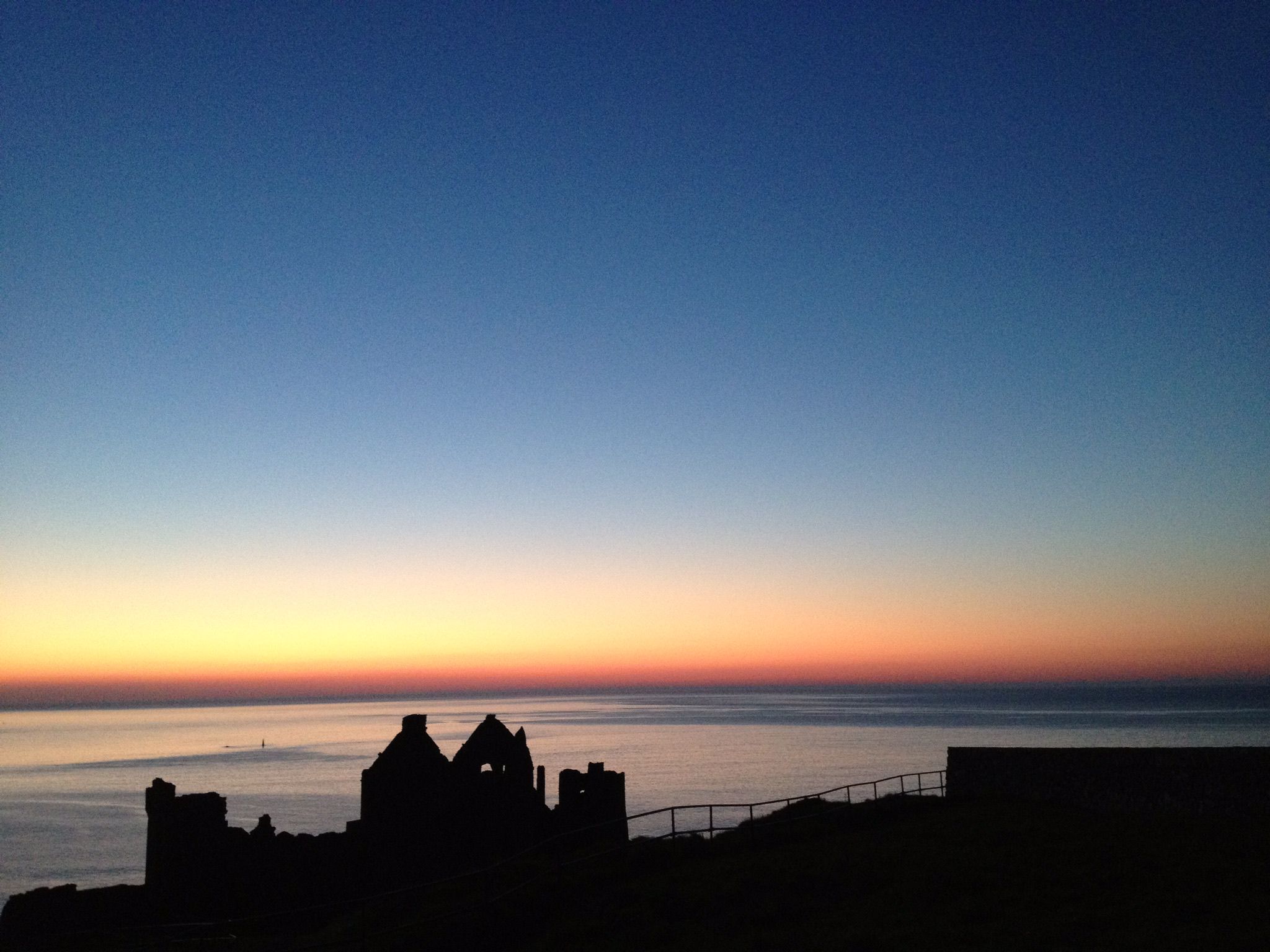
The ancient fortress of Dunluce Castle at night (Photo courtesy of Siobhán Fisher)
Recent salvage operations
Many more riches and artefacts from the shipwreck came to the surface in a 1960s salvage operation. Much of this history can be now seen at the Ulster Museum in Belfast. There you can see artefacts from Girona and Trinidad Valencera, which sank off the coast of Donegal. You see more of this history at the following link. That said, if you want to actually see the places, the Girona's 400-year watery crypt is right there on the windswept north coast.
Such historical places and the scenery surrounding them form much of the magic of this part of rugged coastline. Taking a car would give you the best view of such locations though there is somewhat of a transport system. The local public transport service, Translink, runs a bus called the Causeway Rambler with a tourist ticket. Also bear in mind that locations often require a few hundred metres of walking from the main road.
3. The Bushmills Distillery and Inn
Keeping people smiling for over four hundred years
Ireland is famous for both its whiskey production and its consumption. It shouldn't surprise you then that the north coast hosts its own producer of intoxicating liquors. This is the world-famous and ancient Bushmills Distillery, which you can see more of here. Having a look inside the distillery on the official tour will give you an education on the production process. You can then put your knowledge into practice by taking a few glasses of the golden stuff across the road. Right across the street is the Bushmills Inn. There you can try an Irish coffee or more than a few pints of Guinness in an old-world setting.
4. The Giant's Causeway
The world-famous rock formation is one of our favourite places on earth and not just because it's so close to home. The ancient volcanic rock formation gives the Causeway Coast of Ireland its name given its international fame. It is also UNESCO-protected and recognised as one of the Eight Natural Wonders of the World.
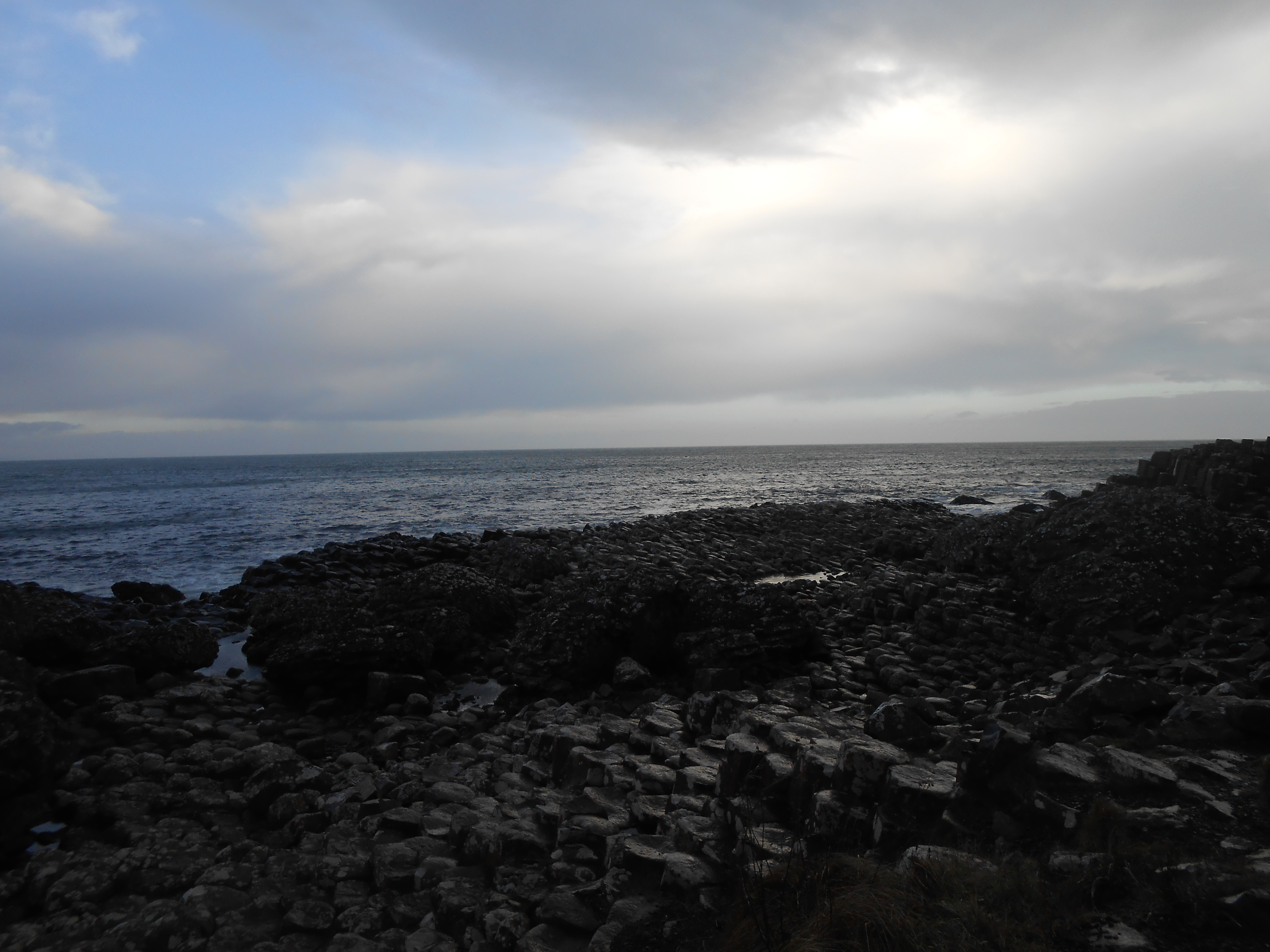
Causeway Rocks and Sea on a cold January day
Visits to the rocks
The Causeway has a huge visitor centre between the Causeway Hotel and the smaller, but cosy Nook Restaurant. Both the hotel and the Nook offer food and drink and a place to rest your bones. They are definitely pleasant wee places to drop into after a few hours exploring the rocks.
The Causeway rocks are obviously iconic but they form only a part of an average three-to-four hour visit. Walking down past the rocks and through the Giant's Gate, the view opens up and the cliffs stand out. There is a staircase taking you rightwards to the top of the cliffs. However, if you head slightly to the left, you can see the organ. This organ is a common sight here at the top of our pages and posts on https://travelling.tailtiu.org.
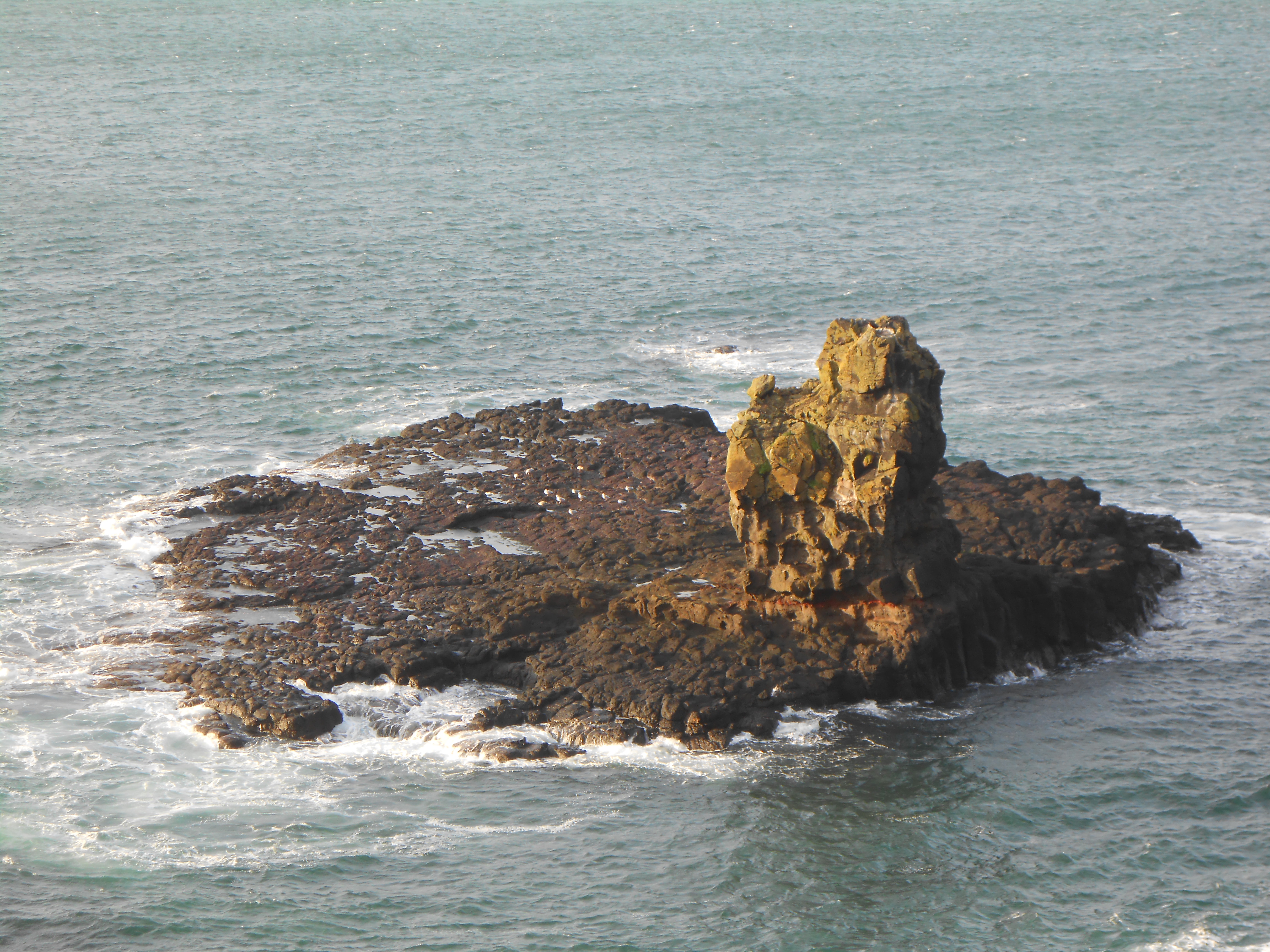
Just off the Causeway, a mini-sanctuary for the area's birds
Lacada Point
Walking on leftward and past the bare sandstone rock faces, you will eventually reach a corner with a doorway. There is a warning advising you not to venture further. However, from this point, you are able to see what lies beyond, with Lacada Point and the chimney stack formation on top.
All in all, the Causeway is a good three or four-hour visit and never loses its charm with us, no matter how many times we visit!
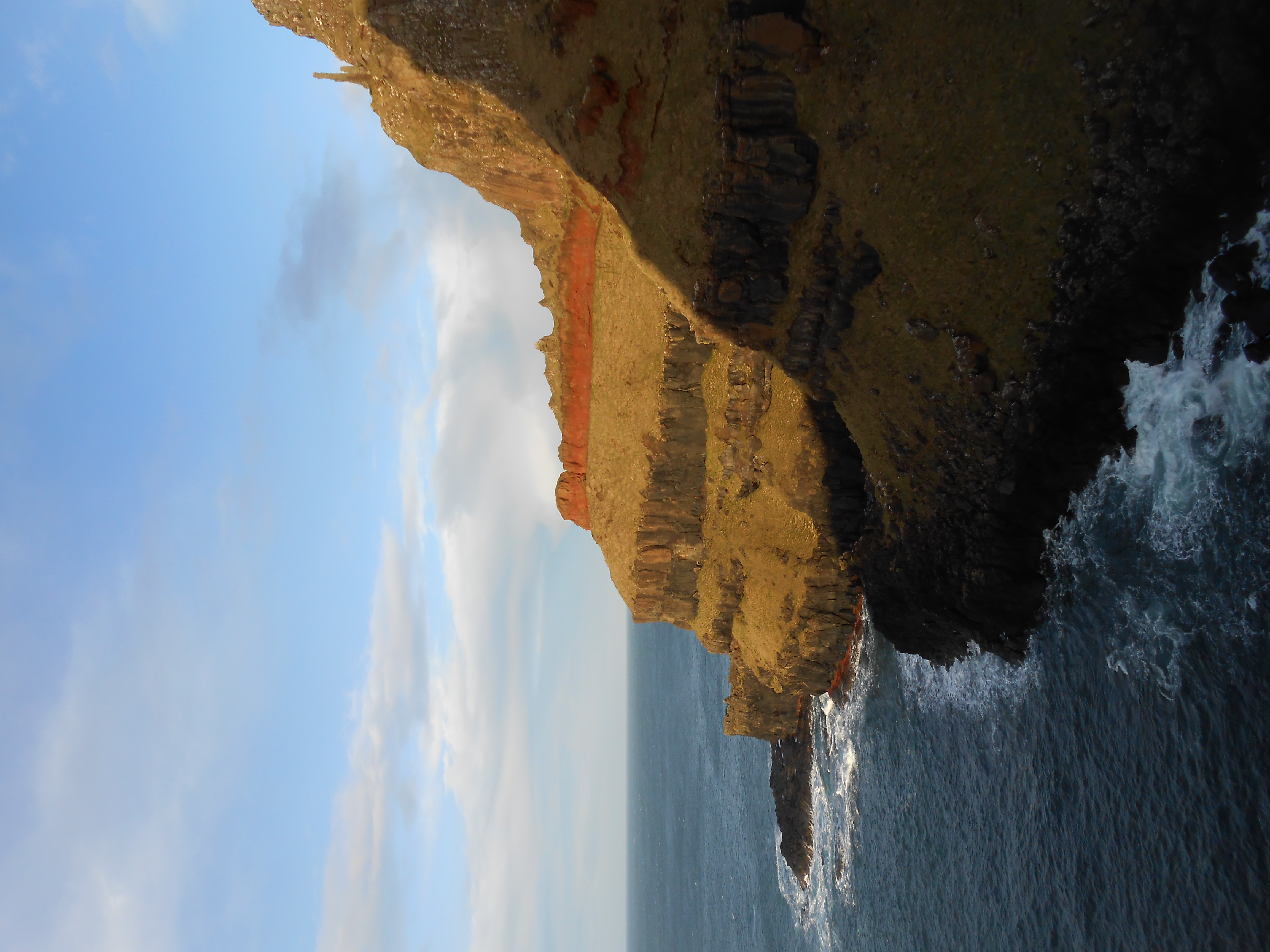
Lacada Point in north Antrim complete with chimney stacks atop, a few hundred metres from the Giants Causeway, and the doom of the Girona, a ship of the Spanish Armada
5. Shifting sands and hidden harbours
Portbraddon and Whitepark Bay
As you go along the coast, at the far western end of Whitepark Bay, a tiny hamlet looks eastward along Whitepark Bay's beach. Portbraddon is a 30-minute visit at most, and fits in well if you are doing a coastal run in a car.
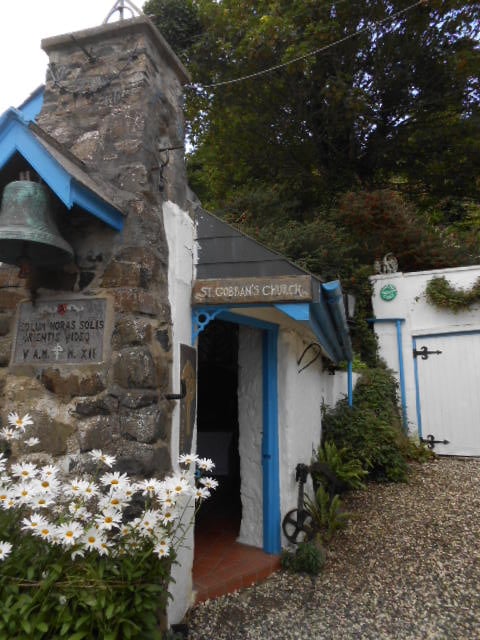
St. Gobban's Church, formerly in Portbradden. Sadly, it was demolished in 2017
Lost structures
This part of the north coast of Ireland is dotted with hidden gems, though some of the magic of Portbraddon has gone. It used to host a tiny chapel, considered at one time the smallest church in the world. It was never consecrated but Catholic and Protestant denominations used it for religious ceremonies. Apparently, some of the locals were annoyed by its tourist draw, and it was eventually demolished.
While it no longer exists, visitors fondly remember it as it formed part of many's a run in the car.
Shifting sands
Whitepark Bay itself is a 3-mile or 5-kilometre stretch and nice for a walk. There are numerous warnings regarding the dangers it poses for swimmers as the sea around the bay contains dangerous currents. Nevertheless, there are numerous activities around the bay which don't involve getting wet. You can read about many of these at this link to the National Trust website.
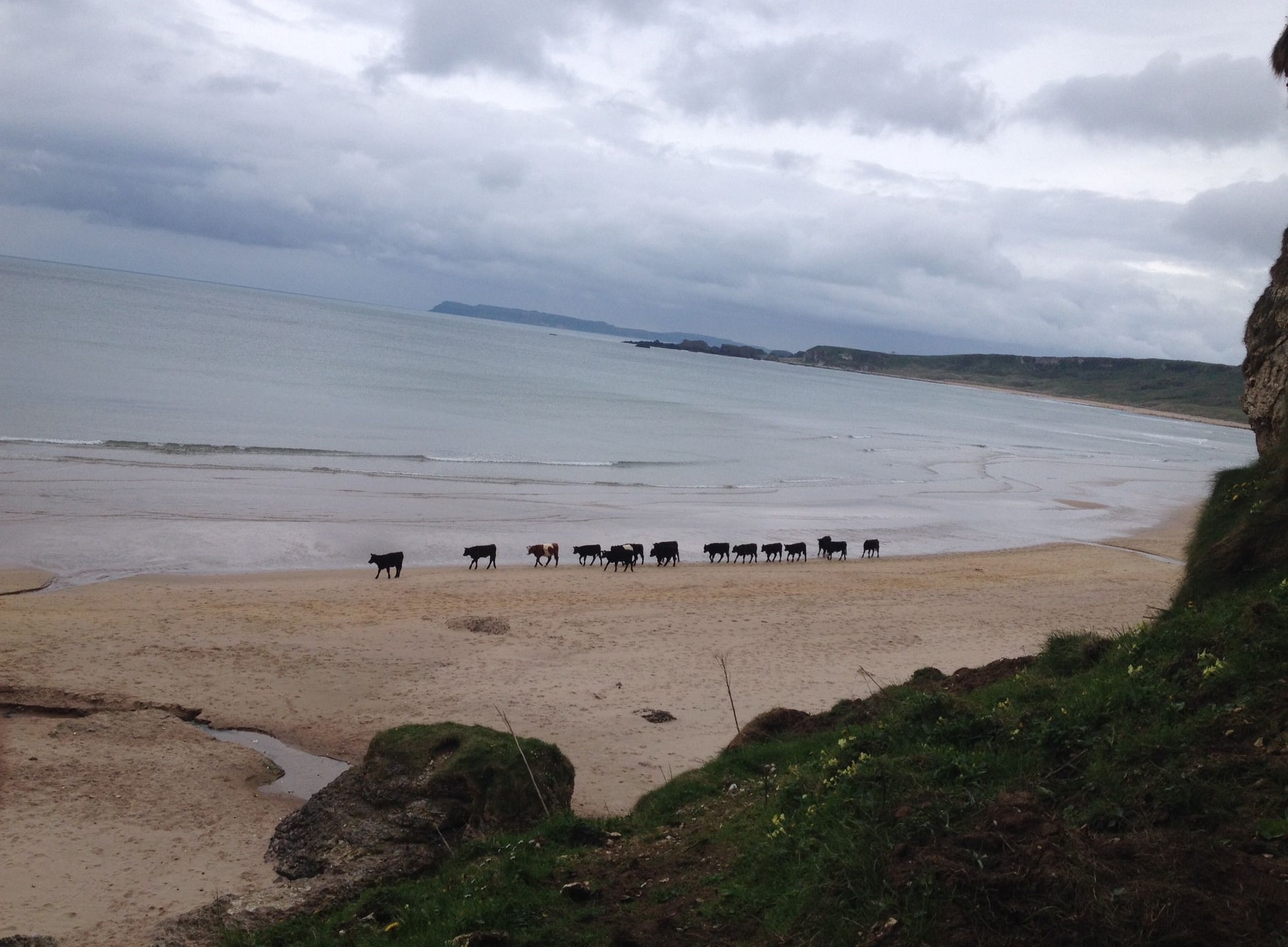
Cows on Whitepark Bay (Photo courtesy of Siobhán Fisher)
6. A quick jaunt inland!
The Dark Hedges and Game of Thrones tours
You can get a bit off the coastal route to see another iconic location from Game of Thrones. The Dark Hedges are a double row of trees running along an insignificant stretch of road connecting two other insignificant roads. The trees went relatively unnoticed, even in the locality, for several centuries. Eventually, they were featured in Countryfile, a BBC series on rural life, several years ago. The makers of GOT then featured the trees as the road leading northwards out of the fictional capital of King's Landing in the HBO series. This has attracted sightseeing series buffs to north Antrim from all around the world.
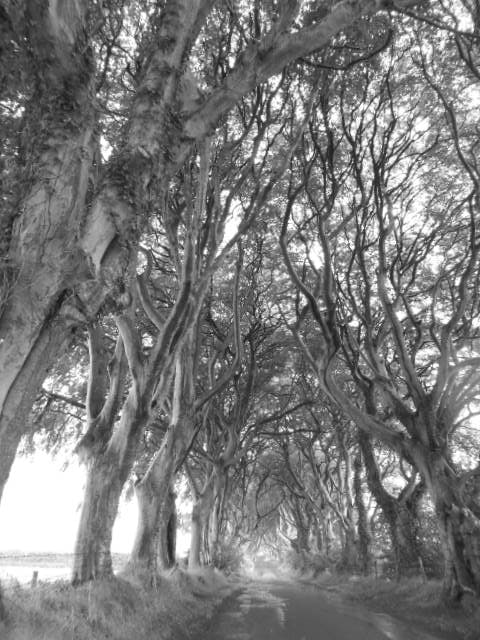
The Dark Hedges in north Antrim, famous from Game of Thrones
Road to ruin
This has brought problems to the trees, with the weight of traffic causing strain on their ancient roots. Add to this the disastrous effect of winter storms hitting the area in recent years. All of this has culminated in a serious issue with the trees. Visitors should therefore be aware that parking cars up the side of the road does a lot of damage to the ancient roots. Parking there is also completely unnecessary as there is free parking beside the nearby Hedges Hotel on Ballinlea Road.
7. More G.O.T, and wobbly walkways
Ballintoy, its harbour and Carrick-a-Rede Rope Bridge
Returning to the coast, we meet picturesque Ballintoy. It is famous for its harbour and island connected to the mainland by a wobbly national treasure. Any fan of Game of Thrones will instantly recognise the harbour as part of the Iron Islands, realm of the seafaring Greyjoy clan and their Ironborn ilk. As with other places on north Antrim's GOT circuit, there is a commemorative plaque at the side of the harbour. If you are lucky, or unlucky if you look on it that way, you might get a stormy enough day to be able to imagine yourself off and away in the Seven Kingdoms of Westeros. Some have even suggested that the fictitious land of Westeros was actually based on an inverted map of Ireland.
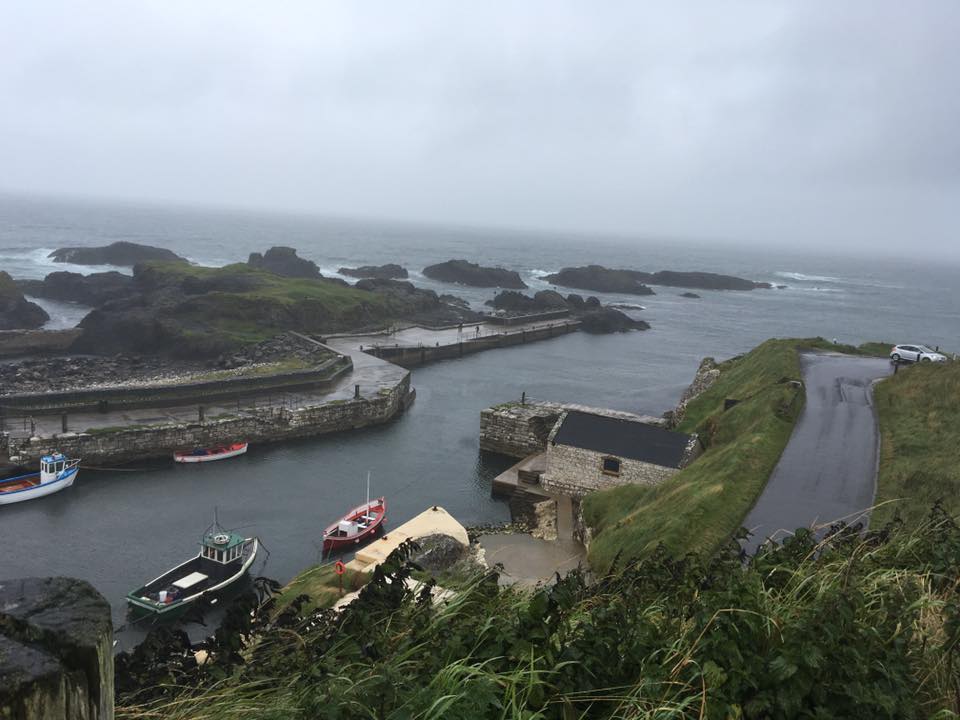
The harbour at Ballintoy, instantly recognisable as Pyke to Game of Thrones buffs (Photo courtesy of Michele McMahon)
Nature reserves
As you look out over the sea, there are a few islands to be seen, especially Sheep Island. This is a Special Protection Area and also Area of Special Scientific Interest given its rich variety of marine birdlife. There is wildlife to be seen on this coastal stretch and the National Trust invests quite a bit of support into the area.
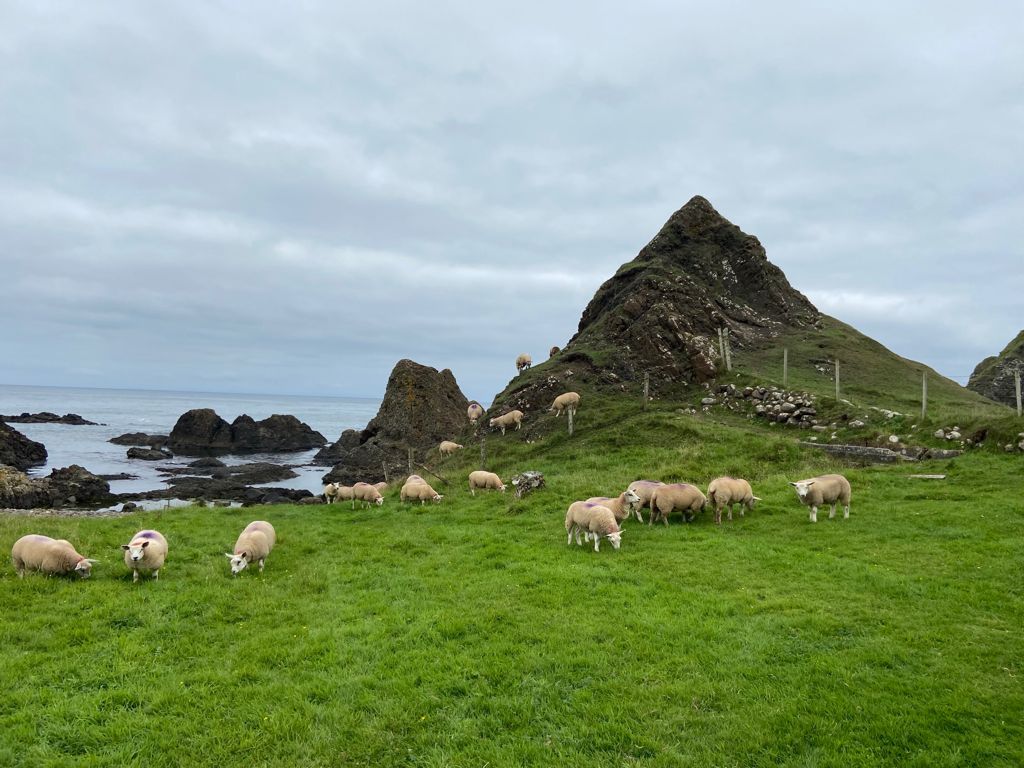
Sheep on the shore at Ballintoy (Photo courtesy of Siobhán Fisher)
The rope bridge
Walking eastward along the shore from the harbour, you will encounter one of Ireland's most iconic scenes. This is our aforementioned wobbly national treasure, in the form of the Carrick-a-Rede rope bridge. The bridge connects the tiny island of Carrickarede to the mainland and has had a fairly constant presence there for about 350 years. Local fishermen used the small island as a spot for salmon fishing. It and the surrounding area have excellent views of nearby Rathlin Island and the Mull of Kintyre in Scotland. The current bridge is pretty secure and wire-based, so you should feel relatively safe crossing the 20-metre stretch. However, it is the 30 metres over the sea you see looking down through the bridge's base which many baulk at!
8. Hidden spots
Kinbane Head and Castle
It might surprise you to think that Scotland is really only 12 miles, or 20 kilometres, away at its closest point. Torr Head is the closest point in Ireland to Scotland, and has its own tales. We explore it and its surroundings here in our article about the Antrim Glens, which neighbours the Causeway Coast.
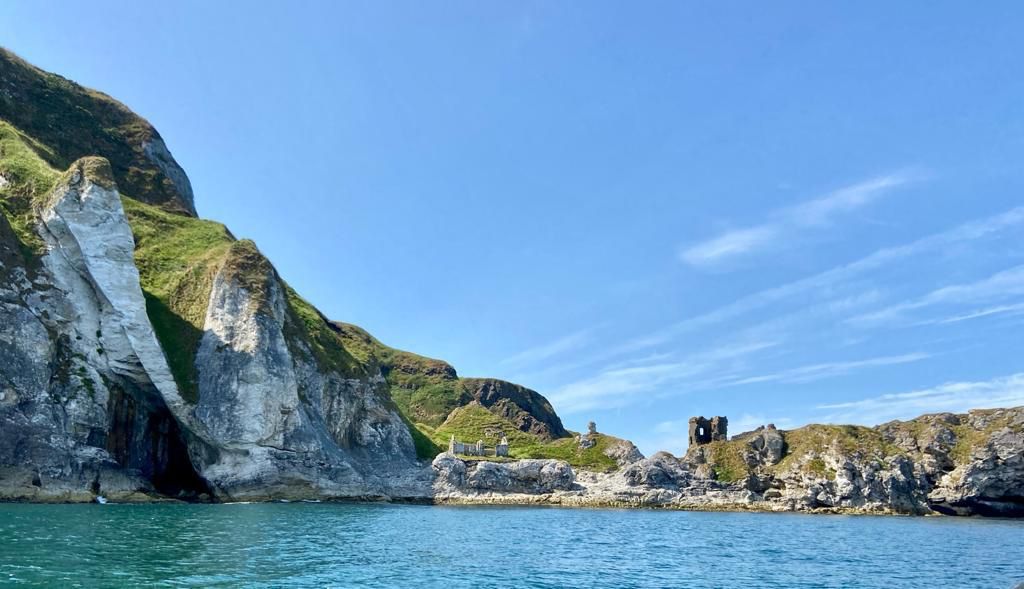
The ruins of Kinbane Castle (Photo courtesy of Siobhán Fisher)
Ancient warfare
The local Irish Gaelic clans fortified this particular stretch of the north coast of Ireland from attacks from sea given the war and turmoil in the area. This often erupted between themselves, not to mention English and Scottish forces, especially from marine fleets.
Kinbane Head, between Ballintoy and Ballycastle, is an example of coastal fortifications which the MacDonnell clan originally built. The MacDonnells are an offshoot of the powerful Scottish Clan MacDonald dynasty. They later gave the castle to their allies, the MacAlisters. The Glens of Antrim and Causeway Coast of Ireland have had an intertwining history with the western Scottish seaboard. This dates back thousands of years, and there once existed a Gaelic kingdom comprising of large parts of County Antrim and the Scottish west coast. This was known as Dál Riada and the placename Dalriada is still quite common in north Antrim.
Ancient kingdoms
Dál Riada is significant in Scottish history as many Irish clans migrated to western Scotland from about the sixth century AD. They mixed with the Scottish Picts and later Viking settlers, with many returning to Ireland centuries later, like the MacAlisters.
The castle ruin has official protection and can be an unstable structure, so it's best not to get too close. However, from the car park above and at the side of the main road, you have some beautiful views.
9. Ballycastle
The gateway to the Glens of Antrim
There are two distinct areas on County Antrim's stretch of the north coast of Ireland. As you come to the eastern end of the Causeway Coast stretch, you will reach the town of Ballycastle. You can read a bit more about this historical resort here. From here approximately, the Glens of Antrim begin, stretching southward.
Ballycastle beach is another beauty of a beach, with a Blue Flag. You can read more about it and the various temporary structures we found there on our last visit here. It has some great views of Rathlin Island, and the hilly Mull of Kintyre in Scotland peek past the corner of Ireland at Fair Head. Fair Head is a prominent foreland and is a few miles walking beyond the beach and neighbouring golf club.
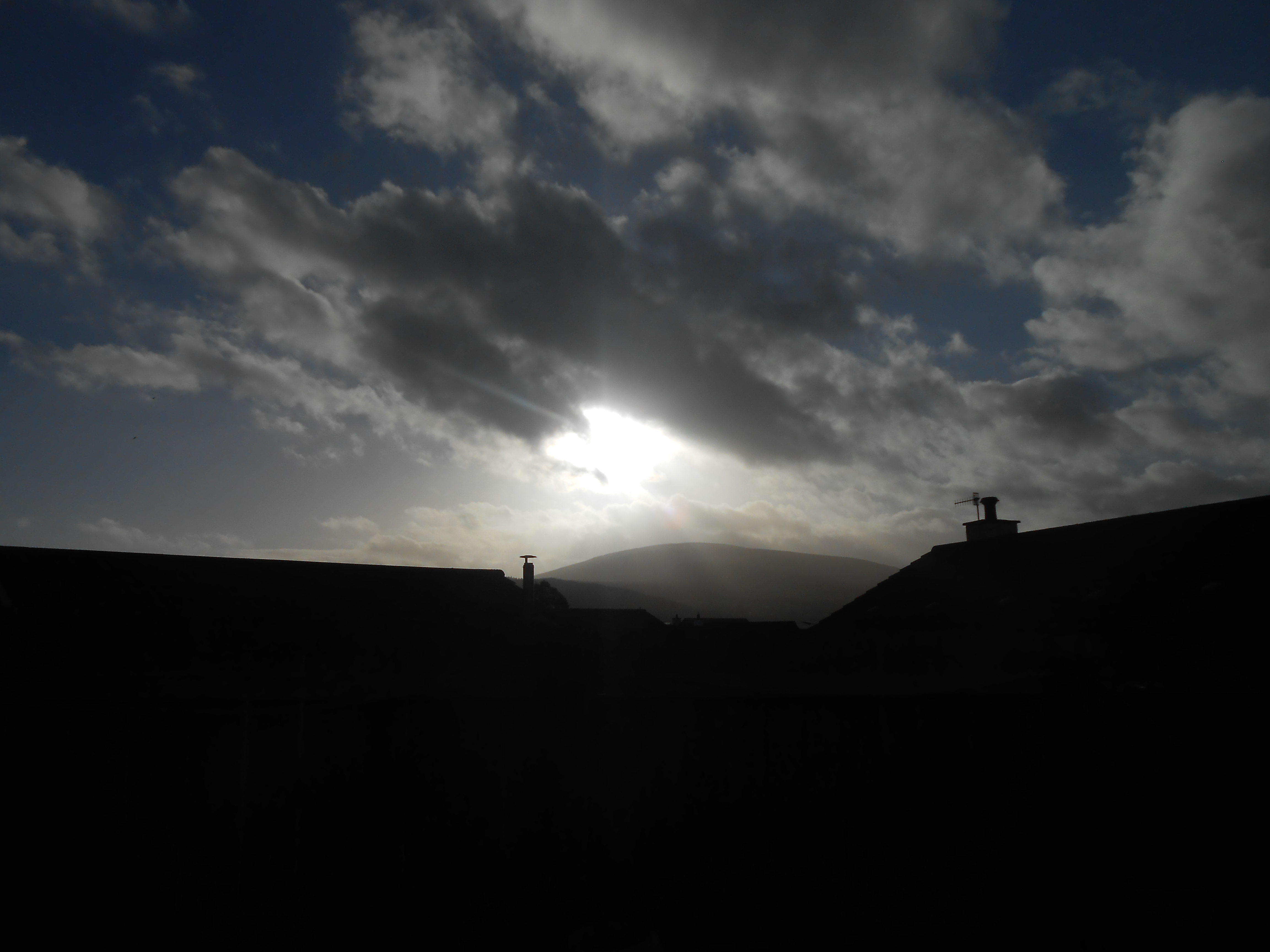
The cold winter sun, shining brightly over the rooftops of Ballycastle and crowning the nearby mount of Knocklayd
Ancient watering holes
There are many bars and restaurants in this town, but there are two particularly ancient watering holes of note. These are the House of McDonnell and the Boyd Arms. The Boyd dates from 1767 although its gable wall says otherwise. It is a wonderful bar in an old town house, which is the style of many northern bars. This means that there are plenty of rooms where the drinker, family and friends can separate and socialise.
Down the Harbour
If you venture down close to the sea, the Harbour Bar is just there at the seafront. It is the venue for a lively weekly rock fest, Harbour Lights Acoustic Sessions, whose Facebook you can check out here. Like the other two bars we've mentioned, it is in the style of an old town house. The Harbour also has a decently-sized back garden which they've decorated into a lovely beer garden, replete with verandas, just in case the weather gets the better of us!
10. Rathlin Island
A quick jaunt offshore before heading down the Glens
In winter, the Rathlin ferry makes its lonely daily trip across the stormy strait of water from Ballycastle. From the mainland to the island, the crossing takes just over half an hour. The island's tourism hibernates in winter but supplies are necessary for the population of around 150 people. In the fairer seasons, it opens up and is a lovely spot for a night away offshore.
Raiding and rambling
Rathlin suffered the first known Viking raid in Ireland, in 795AD, and features prominently in Irish and even Scottish history. The great Scottish king Robert the Bruce also features in the island's history. Some believe the famous cave where the king-in-hiding had his encounter with a spider is on the island. The story goes that Robert was hiding in a cave from his English foes and took inspiration from a spider trying to cast a web. In any case, the Bruce was sheltered on the island for a time while on the run from his English rivals.
There is one pub on the island, McCuaig's, and a couple of hostels where you can stay a night or two while you explore the backward L-shape strip of land. Rathlin is about four miles (six kilometres) long and about three miles or five kilometres from north to south. It is small but contains some lovely walks, a bird sanctuary and friendly islanders, so it is well worth the ferry trip over.
Tailtiu travel and transport Tips
Getting around the Causeway Coast of Ireland
Getting around the Causeway Coast, or any part of Ireland, can be a challenge at times but there are public transport options available. There are some incredibly friendly bus drivers working for Translink who will help you select the most economic ticket. Translink is the service which connects the buses and trains together in the north of Ireland, and its website's Journey Planner can be used here.
Cheaper and more effective transport tickets
A Rambler Ticket is a good investment if you are doing a tour of this stretch of coastline by bus. The 402 bus line runs between Coleraine and Ballycastle and passes through the touristy coastal area. Sightseers can hop on and off at spots like Dunluce Castle, the Causeway or Ballintoy, and a few others. This service also seems to have stops close to a few accomodation options, like campsites. As well as the Rambler option, if you are travelling as a family, a Family Day Return ticket is often cheaper than individual return or even single tickets. It functions in a similar manner in that you can jump on and off the bus as you wish. It is valid for all of Translink's transport within the north of Ireland, including all trains and buses in the north. Just remember that if you are travelling to or from Dublin Airport, these offers don't apply.
Private tours
In terms of private bus excursions, Paddywagon Tours is a long-standing company which specialises in bus tours of Ireland. This type of bus tour is comfortable and recommendable. Paddywagon's prices are reasonable, and generally come with a well-informed driver. You can check out their tours on their website at this link. If you explore the tours a little, you will find that they go to the Causeway from both Dublin and Belfast.
Car hire
If you would like the freedom to explore on your own, Hertz has a presence for car hire in the international airports across Ireland. These include Dublin and the city of Derry Airports, which is also on the north coast and very close to the Causeway Coast. It is also in the two airports in and around Belfast, in George Best Belfast City Airport, which is in the city, and Belfast International Airport, which is about about 14 miles, or over 20 kilometres, outside Belfast City Centre.
You can find out more from Hertz here.
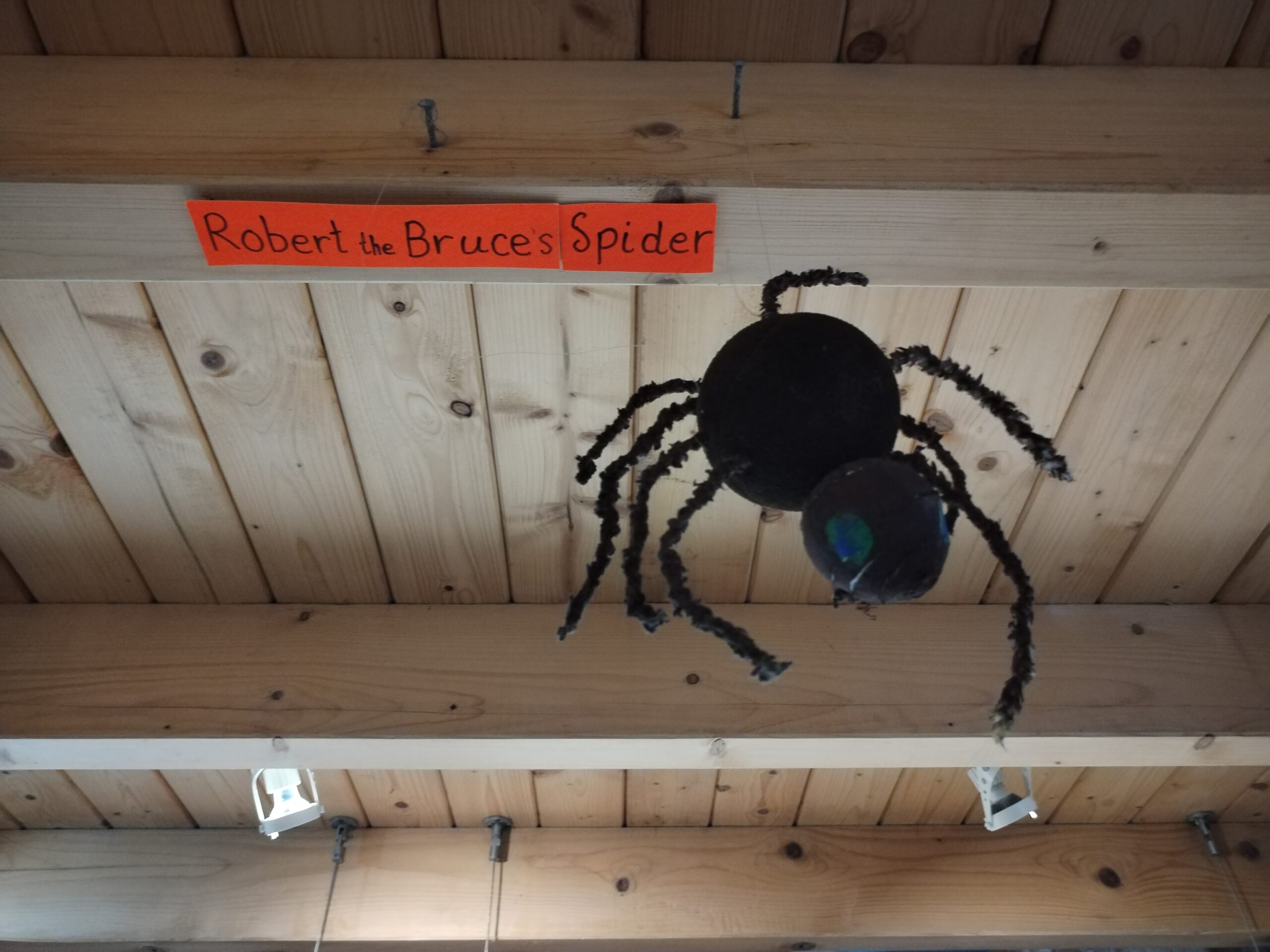
Robert the Bruce's Spider; spotted in the Rathlin visitor centre, so it must be true!
Final Thoughts
This stretch of coastline is famous, obviously for the Causeway, but it contains so much more. One of the area's main draws is the fact that it hasn't experienced mass tourism yet. That said, it is popular with local and international tourists, and there is enough tourist infrastructure and ways to get around for a visitor to get views from multiple angles.
It's well worth a visit if only for clambering over the rocks and staring at the broad Atlantic Ocean. You can also always shelter from the wind in one of the many local bars while having a chat with the locals.
